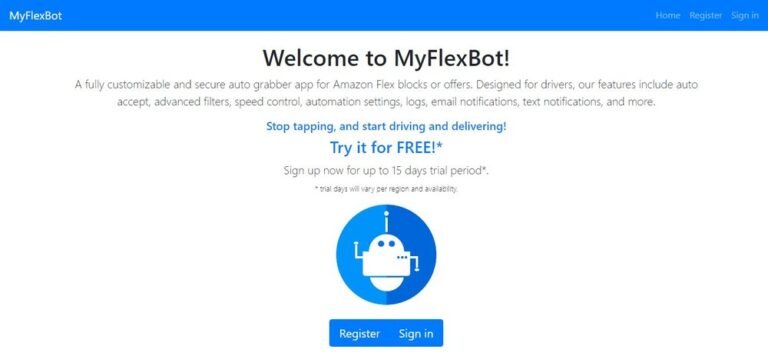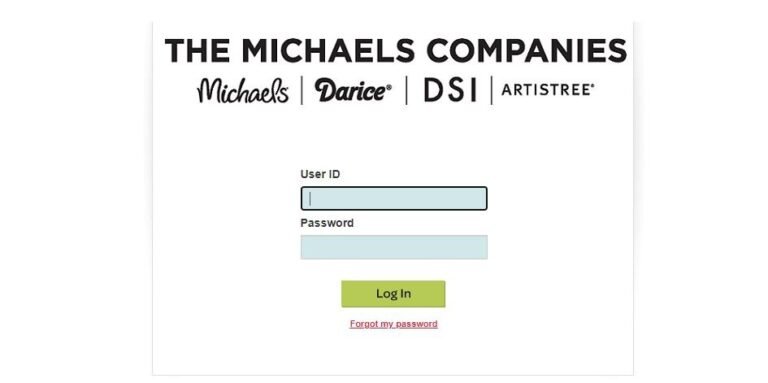Leveraging Technology for GDPR Register Management

The General Data Protection Regulation (GDPR) has significantly impacted how organizations across the EU collect, process, store, and manage personal data. An essential requirement under the GDPR is the need for data controllers and processors to maintain detailed records of data processing activities in the form of data processing registers.
Maintaining GDPR compliance through manual register management can be extremely tedious and error-prone. Thankfully, technology offers innovative GDPR software solutions to track data processing activities effectively and maintain accurate registers with minimal effort. This article explores critical register requirements under the GDPR, challenges with manual upkeep, and various software tools and solutions for streamlining register management.
GDPR Register Requirements
Under Article 30 of the GDPR, data controllers and processors must maintain a record of data processing activities under their responsibility. Specifically, the register should detail:
- Contact details for the controller(s) and data protection officer (DPO)
- Purposes of processing
- Categories of data subjects and personal data processed
- Categories of third-party recipients of the data
- Details around international data transfers
- Time limits for erasure for different data categories
- General description of security measures
Maintaining accurate and current registers is vital for demonstrating GDPR compliance around data processing to regulators. However, doing this manually can take a lot of work.
Challenges With Manual Register Management
Without the right GDPR software solutions in place, managing GDPR registers involves extensive manual effort:
- Tracking Data Flows – Controllers must accurately track what data enters, moves through, and leaves the organization across hundreds of IT systems, servers, applications, and databases. This requires manually monitoring and recording data interactions.
- Recording Processing Details – Individuals must manually input granular details for each data processing activity, keep information updated for data flows, and create comprehensive audit trails.
- Coordinating With Stakeholders – Managing input from various teams like IT, security, legal, and procurement adds complexity to compiling accurate logs.
- Reviewing Policies and Contracts – Individuals get burdened with regularly reviewing, updating, and communicating privacy notices, internal data policies, and vendor contracts.
Maintaining updated manual records becomes challenging as organizational data processing evolves rapidly across networks, devices, and cloud platforms. When registers are outdated or incomplete, credibility around GDPR compliance gets compromised.
Thankfully, technology offers more efficient alternatives.
Software Solutions for Register Management
Specialized GDPR software tools can help construct centralized, accurate, and always up-to-date GDPR registers. Core capabilities offered include:
Automated Data Mapping
Tools automatically scan hundreds of IT systems to discover, catalog, and map personal data flows across structured databases and unstructured data in applications, file shares, emails, and websites. This eliminates reliance on manual monitoring.
Workflow Automation
Individuals can easily log data processing details through interactive questionnaires. The software automatically translates responses into register entries. Automated workflows route information requests to appropriate teams to capture updates.
Third-Party Management
Applications vet vendors to analyze GDPR compliance risk levels based on security policies and data handling practices. They centralize vendor contracts, data processing agreements, and due diligence details for easy oversight. Users can track data sharing with vendors and configure contract expiry alerts.
Policy and Consent Management
Built-in policy and consent libraries allow easy creation, updating, and communication of privacy policies, consent forms, and data subject rights information across public-facing websites, intranets, and user portals.
Dashboards, Reporting, and Notifications
Software condenses register information into user-friendly dashboards, graphical data maps, and custom reports for internal and external audits. Users can demonstrate accountability around data processing, storage limitations, and retention policies. Email and SMS alerts notify administrators about policy expirations, unauthorized data access, and other compliance violations.
Access Control and Detailed Audit Logs
Role-based access enforced through Active Directory integration and detailed audit logging improves accountability around register management while preventing unauthorized tampering.
When leveraged effectively, such GDPR software tools can minimize the effort needed for GDPR register upkeep by over 60%. Other benefits include:
- Reduced compliance risk through real-time data visibility.
- Improved data hygiene by discovering unprotected PII.
- Strengthened data privacy posture.
Security Data Privacy Platform
Security provides a centralized platform to scan hybrid IT environments, inventory global data flows, detect exposed PII, encrypt vulnerable data, and document lawful processing. Integrated register modules automatically pull system insights to generate ready-to-submit compliance reports.
Most solutions integrate well with existing IT ecosystems for easy deployment. When evaluating options, ensure capabilities match organizational needs around automated register creation, access controls, visualizations, and flexible audit reporting.
Cloud-based software offerings provide high scalability and keep costs predictable via subscription models. However, highly regulated organizations like EU public sector agencies and financial services companies may prefer on-premise alternatives. Whichever route is chosen, leveraging purpose-built software simplifies compliance and saves enormous manual effort.
Importance of Data Processing Agreements in GDPR Compliance
A vital complement to software solutions is having comprehensive data processing agreements (DPA) between controllers and processors per GDPR Article 28. DPAs clearly define relationship boundaries, processing limitations, security expectations, breach notification terms, and liability.
When leveraging software tools or third-party processors to manage registers, ensuring GDPR-compliant DPA safeguards are contractually met is crucial for avoiding compliance gaps. Standard DPA templates offered by software vendors serve as a strong starting point. Organizations can further customize agreements to address unique processing activities, cross-border data transfer needs, and associated risks.
Establishing DPAs enables secure collaboration with vendors while limiting compliance risks. Cross-referencing DPA clauses with application terms also uncovers potential GDPR conflicts that controllers can remedy through software configurations or addendums before rolling out new services.
Conclusion
Maintaining updated GDPR data processing registers is mandatory yet highly challenging through manual approaches. Specialized software solutions like Microsoft Compliance Manager, SAP Master Data Governance, and Informatica Axon overcome these hurdles by automatically tracking data flows, centralizing processing details, managing third-party relationships, simplifying policy/consent management, and enabling transparency through dashboards and reports.
Organizations seeking robust, low-effort GDPR compliance must evaluate technology options complementing comprehensive data processing agreements with on-premise and cloud providers. This minimizes compliance risk, reduces manual workload by over 60%, and enables organizations to securely leverage the potential of digital transformation without compromising the data privacy rights of individuals.






